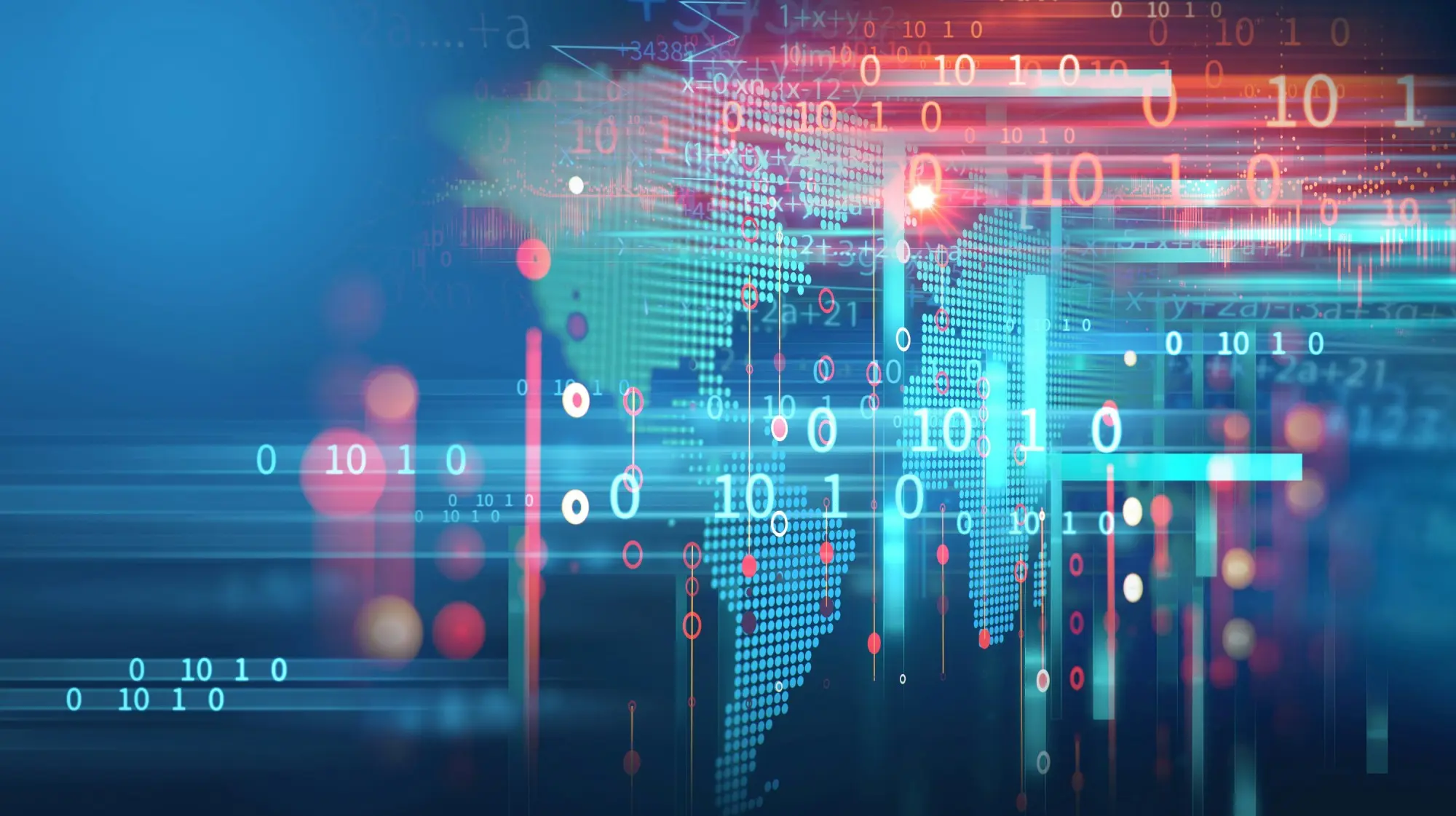Tokenization of Real-World Assets: It’s Not Always About the Asset
Summary: Understand the critical difference between tokenizing real-world assets and tokenizing transactional processes. Learn why digitizing processes instead of assets often simplifies regulatory compliance, reduces complexity, and maximizes blockchain’s advantages like transparency, efficiency, and scalability in both Web3 and traditional finance
Authors:

Pavel Batishchev
Managing partner

The tokenization of Real-World Assets (RWAs) is one of the most promising developments in Web3. From real estate and commodities to money market instruments, the ability to digitally represent real-world assets unlocks significant opportunities for improved transaction efficiency, lower costs, enhanced liquidity, greater transparency, and composability between decentralized finance (DeFi) and traditional finance (TradFi).
Yet, a crucial distinction is often overlooked: tokenization doesn’t always require the asset itself to be tokenized. Frequently, a more scalable and regulatorily efficient method is to tokenize the transactional processes rather than the asset itself. This article explores this important distinction, clarifies when each approach is appropriate, and addresses associated legal considerations.
Tokenization: Asset vs. Process
A common misconception is that every RWA tokenization project must directly represent the underlying asset as a token on-chain. However, from practical and legal perspectives, this can sometimes introduce unnecessary complexity, higher costs, or regulatory burdens depending on the scenario.
Consider e-commerce: billions of dollars in physical goods are exchanged digitally without tokenizing the goods themselves. Instead, entire transactional processes – inventory management, payments, shipping, and insurance – are digitized. Although traditional systems have inefficiencies around transparency and trust, they function effectively at scale.
This underscores a key insight: blockchain can function effectively as a verification or evidentiary layer without requiring each traded or exchanged item to become a virtual asset.
For example, in a context of a tangible asset:
Asset Tokenization: The asset is digitized as a token on a blockchain, enabling fractional ownership and trading. Such tokens may be deemed securities, subjecting them to financial regulatory oversight.
Process Tokenization: Blockchain records and authenticates transactional events such as payments, title transfers, or escrow arrangements without creating a token for the asset itself (i.e., tokenizing the underlying asset), only to verify or confirm transaction. This approach utilizes blockchain’s advantages while minimizing regulatory complexities associated with securities.
This differentiation has significant legal and operational implications.
Understanding the Legal Nature of Tokenized Assets
Difference in Legal Qualification:
The creation of a token that represents an asset is not just a technical act – it is also a legal one. Once an asset is tokenized, the resulting token itself typically becomes a virtual asset.
Under the definition adopted by the Financial Action Task Force (FATF) and widely recognized in most jurisdictions, a virtual asset is "a digital representation (store) of value that can be digitally traded or transferred and may be used for payment or investment purposes". Consequently, issuing virtual assets or related services and operations often fall under Virtual Asset Service Provider (VASP) regimes and securities or financial regulations, leading to significant compliance obligations for issuers, service providers, and market participants.
Nonetheless, in scenarios involving tokenization of financial products, securities, debt instruments, or money market assets, the issuance of a virtual asset is often essential. These instruments are already tightly regulated and require formality in both issuance and compliance. Tokenization in these cases mirrors the structure and governance of traditional capital markets.
Digitizing the Process vs. Tokenizing the Asset
Alternative Approach:
Not all real-world assets demand this level of tokenization. A more efficient approach, especially for operational use cases, might be to tokenize or digitize the workflow or transaction confirmation layer rather than the asset itself.
For example, rather than tokenizing physical products directly, a company could tokenize proofs of delivery, with digital receipts or settlement tokens representing payment (or asset purchase) and transfer confirmation. Escrow and arbitration mechanisms could be embedded on-chain without wrapping the underlying asset.
This infrastructure-level tokenization approach often involves fewer regulatory hurdles and simplifies operational integration.
Rethinking Your Tokenization Strategy
Before launching a tokenization initiative, founders and developers should clarify their objectives by asking:
Is the token’s primary purpose creating a tradable financial instrument?
Or, is the token intended primarily as a tool for accountability and automation, when all you really need is a verifiable trail of documentation, not a new tradable instrument?
If the former, developers must carefully consider regulatory structuring, licensing requirements, custody arrangements, legal enforceability, and investor protections. If the latter, the primary focus should be robust process design and smart-contract logic enhancing transparency and auditability, rather than digitizing assets.
The real potential of blockchain technology extends beyond what we own – it revolutionizes how we trade and verify ownership. In RWA tokenization, strategic clarity means knowing precisely when asset tokenization is beneficial, and when tokenizing processes alone will suffice.
Legal and strategic success begins by acknowledging that tokenizing real-world assets involves more than just code; it includes legal entities (wrappers) and legal substance. But often, all that is needed is a better system of proofs and confirmations – not necessarily a new financial instrument.
Aurum provides tailored legal advice to innovators navigating the complexities of RWA tokenization. Whether you’re tokenizing assets or digitizing transactional processes, our experienced team ensures your project remains compliant, strategically aligned, and poised for growth. Reach out to discuss your tokenization strategy with our experts.







